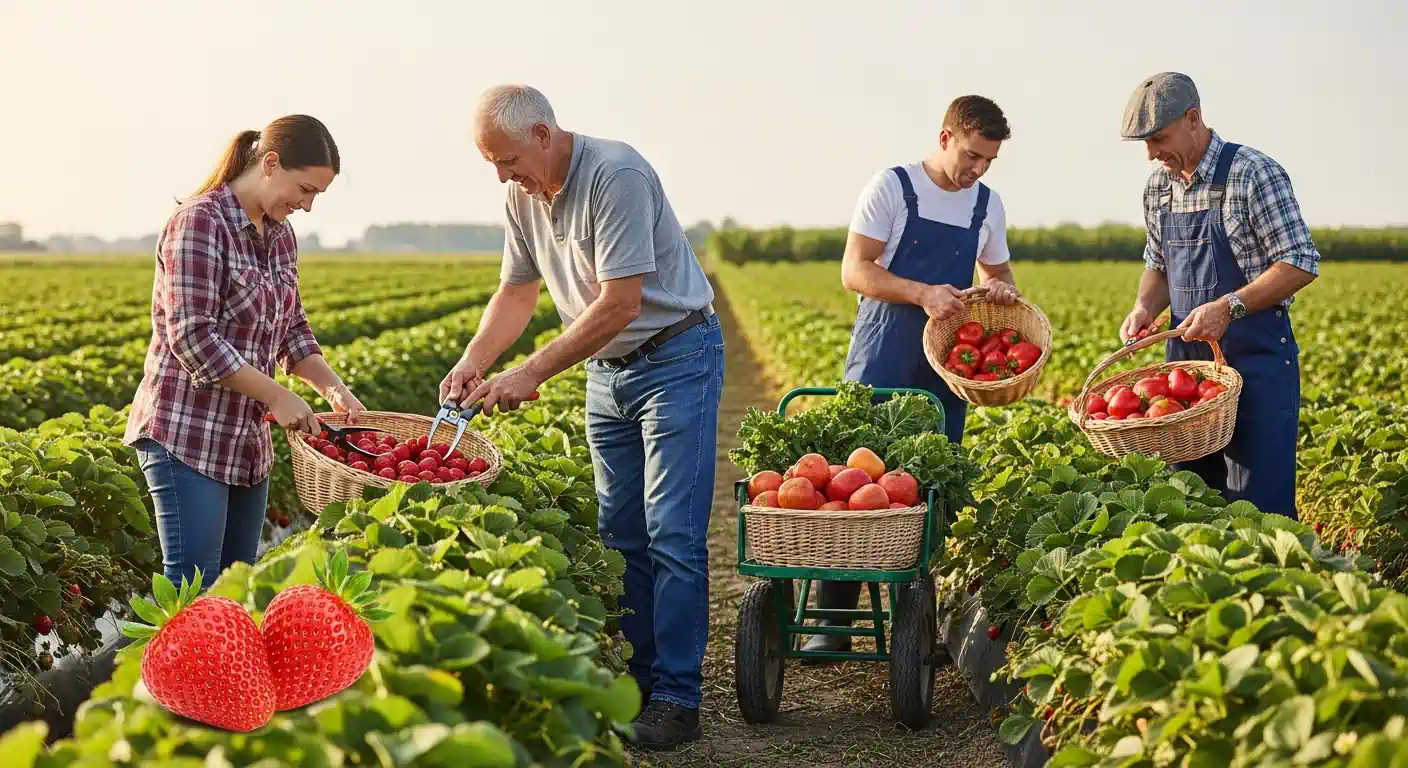Boost Your Garden's Yield: Effective Planting Techniques for Success

Want to maximize your garden's yield? Effective planting techniques are key to a thriving and productive garden. This guide provides practical tips and strategies, from soil preparation to plant care, that will help you achieve a bountiful harvest.
Key Points:
- Soil Health: Prioritize soil health for optimal plant growth.
- Planting Depth: Ensure proper planting depth for strong root development.
- Spacing & Timing: Correct spacing and timing are crucial for healthy plants.
- Watering & Fertilizing: Understand watering and fertilizing needs for your specific plants.
- Ongoing Monitoring: Monitor plant growth and adjust your techniques as needed.
Boosting Your Garden's Yield Through Soil Preparation
Healthy soil is the foundation of a productive garden. Before planting, amend your soil with compost or other organic matter to improve its structure, drainage, and nutrient content. Testing your soil's pH and adjusting it to suit the needs of your plants is another important step. This ensures optimal nutrient availability.
Effective Planting Techniques for Maximizing Garden Yield
Choosing the right plants for your climate and garden space is crucial. Select disease-resistant varieties and consider companion planting to deter pests and improve growth. For starting seeds indoors, use seed starting mix and provide adequate light and warmth.
Proper Planting Depth and Spacing for Increased Garden Yield
Planting depth is vital. Planting too deep or too shallow can hinder germination and growth. Always follow the instructions on seed packets or plant tags. Proper spacing between plants allows for adequate air circulation and reduces competition for resources, contributing to a higher garden yield.
Optimizing Your Garden Yield with Watering and Fertilizing
Watering deeply and less frequently encourages strong root growth. Avoid overwatering, which can lead to root rot. Choose a fertilizer appropriate for your plants and follow the recommended application rates. Over-fertilizing can be just as harmful as under-fertilizing.
Maintaining a High Garden Yield Through Ongoing Monitoring
Regularly monitor your plants for signs of pests, diseases, or nutrient deficiencies. Early detection and intervention are key to preventing major problems. Consider using plant growth monitoring tools for more precise data on your plants’ health and needs. This level of monitoring allows for timely adjustments in watering, fertilizing, and pest control.
Maximizing Your Garden Yield with Companion Planting
Companion planting, a technique where specific plants are grown together for mutual benefit, can significantly boost your garden’s yield. For example, planting basil alongside tomatoes can deter pests and improve tomato flavor. This natural pest control method reduces the need for chemical pesticides.
Utilizing Vertical Gardening to Increase Garden Yield
Vertical gardening, especially in small spaces, can dramatically increase yield by maximizing the use of available space. Using trellises, hanging baskets, and vertical planters allows you to grow more plants in a smaller footprint. This technique is particularly effective for vining plants like cucumbers and beans.
These two techniques, companion planting and vertical gardening, represent valuable enhancements to traditional planting methods and contribute significantly to a higher overall yield. "The Market Gardener: A Successful Grower's Guide to Growing Vegetables and Flowers" (2023) provides valuable insights into these practices.
Internal Linking Suggestions:
- Anchor Text: plant growth monitoring tools Target: /categories/plant-monitoring Type: Category Page
- Anchor Text: starting seeds indoors Target: /articles/starting-seeds-indoors-a-beginners-guide Type: Related Article
- Anchor Text: companion planting Target: /articles/companion-planting-guide-for-a-thriving-garden Type: Related Article
FAQ: Boosting Your Garden Yield
How often should I water my garden?
Watering frequency depends on various factors, including plant type, climate, and soil type. Generally, it's best to water deeply and less frequently, allowing the soil to dry out slightly between waterings. Monitor your plants and adjust your watering schedule as needed.What are the signs of overwatering?
Overwatering can manifest as wilting, yellowing leaves, and stunted growth. The soil may also appear soggy and have a foul odor. If you suspect overwatering, reduce watering frequency and ensure proper drainage.When is the best time to fertilize my plants?
The best time to fertilize depends on the type of plant and fertilizer used. Generally, it's best to fertilize during the active growing season, following the instructions on the fertilizer package. Avoid fertilizing during periods of drought or extreme heat.How can I prevent pests in my garden?
Preventing pests involves a combination of techniques, including companion planting, crop rotation, and introducing beneficial insects. Regularly inspect your plants for signs of pests and take action promptly if any are detected. Using organic pest control solutions can also help.Conclusion: Cultivate Success with Effective Planting
Boosting your garden’s yield requires a holistic approach, encompassing soil preparation, planting techniques, watering, fertilizing, and ongoing monitoring. By implementing the strategies outlined in this guide, you can cultivate a thriving garden and enjoy a bountiful harvest. Share your gardening success stories in the comments below! Subscribe to our newsletter for more gardening tips and advice. For further reading on maximizing your garden's potential, check out "Vertical Gardening: A Simple Guide" (2024) and "The Vegetable Gardener's Bible" (2025).
Expandable Subtopics for Future Updates:
- Detailed guide on different types of fertilizers and their uses
- Advanced techniques for pest and disease management
- In-depth exploration of hydroponic and aquaponic gardening systems
Information Timeliness and Update Recommendations:
This information is current as of August 2025. It is recommended to review and update this content annually to reflect the latest advancements in gardening techniques and plant growth monitoring technology.